Flaming Floorboards!
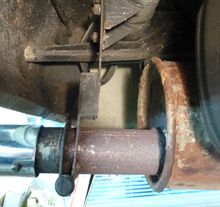
 In 1967 David Dee had two MGAs – a ’57 1500 and a ’59 1600. He recalls that he paid about $150 and $120 for each of them. For cars less than 10 years old, they looked pretty good. Both were white – the 1500 had steel wheels, and the 1600 had wire wheels.
In 1967 David Dee had two MGAs – a ’57 1500 and a ’59 1600. He recalls that he paid about $150 and $120 for each of them. For cars less than 10 years old, they looked pretty good. Both were white – the 1500 had steel wheels, and the 1600 had wire wheels.
One day he was driving the 1500 on a country road to catch a local ferry. But we will let Dave tell the story in his own words:
“It was circa 1967 when I owned my first MGA, a 1957 1500. It was then I first learned that when the support tab on the exhaust pipe fatigues and breaks the whole exhaust system pivots until the pipe is directly contacting the wooden floorboard.
“To set the scene, I lived on an island which had several miles of forest lined and curvy paved road that connected three towns. There was usually little if any traffic, no police force and I was a teenager with a car that loved a curved road.
“One mid-day I was briskly driving on the road to the Ferry and the floorboard below my legs (LHD) began to smoke and smoulder. This was actually a regular occurrence at this time so I wasn’t worried at first. I did, however, begin to take notice once it burned completely through the floorboard and the speed fanned it into full on flames which were licking up between my thighs. It was very uncomfortable but I knew that I was about a half mile from a stream so I gritted my teeth and pressed on.
“Did I mention I was young?
“That’s when the seat cushion got involved and began giving off a cloud of noxious fumes which we’re choking me. The top was down but I had to lean over with my face in the wind to breathe.
“I finally got to the stream, dumped water on the floorboards and seat and put the fire out.
“By now I was late for the Ferry so I grabbed the cushion for the passenger seat and swapped cushions but, since the driver’s cushion was still stinky I bungeed it to the luggage rack to get the smell behind me and off I raced to catch the ferry as fast as the car would go.
“I guess the cushion wasn’t completely out because suddenly it caught fire again and this time there was a stream of flames trailing back from area of the rack. It must have looked like the car was jet powered.
“That was when I met the string of a half dozen or so cars that had disembarked from the ferry. I can’t imagine what they thought as the flaming sports car shot past and I never asked because it was too embarrassing.
“It was uneventful after that. The seat fell off onto the roadway once the bungee cord burned through and I kicked it to the shoulder and let it burn out.
“I missed the Ferry.”
In a follow up email to NAMGAR.com, he says he still thinks about how incredibly acrid (and possibly poisonous) the smoke was from the burning seat foam, and the heat of the flames as they licked up under his legs.
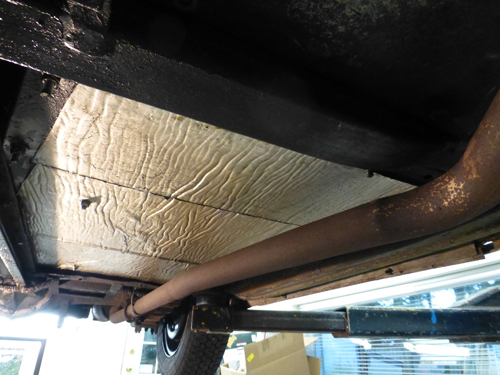
The clearance between the exhaust pipe and the floor under the driver’s seat is about two inches when the two exhaust mountings are good and the system is aligned. There should also be two braces between the downpipe and the bell housing bolts to take the strain off the exhaust manifold.
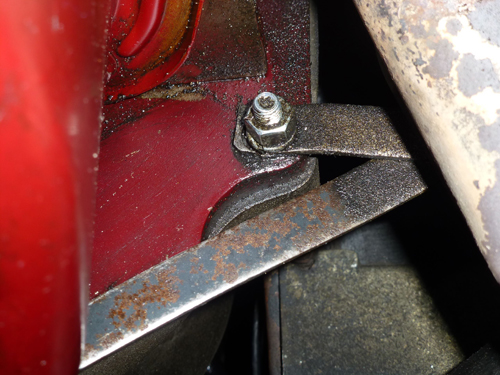
The owner of the car pictured has done two things to alleviate the heat radiating up to the driver. Under the driver’s seat he has fitted a reflective foil type heat proofing material. And on the vertical floor board, he has installed a metal plate mounted on the floor board bolts. This results in an air gap under the floorboards, and also reflects the exhaust heat.
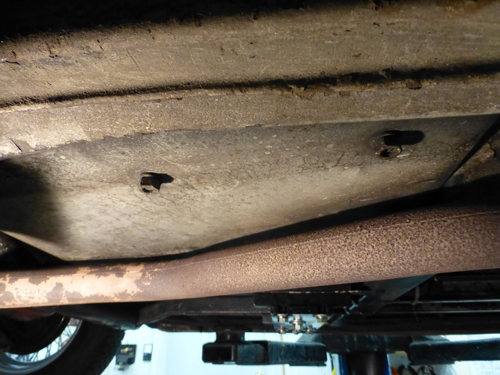
The original seat foam was a material called Dunloppillow latex. Modern replacement seat foams are hopefully more heat resistant, and less toxic. However, this story illustrates how important it is to check the exhaust mountings on a regular basis.
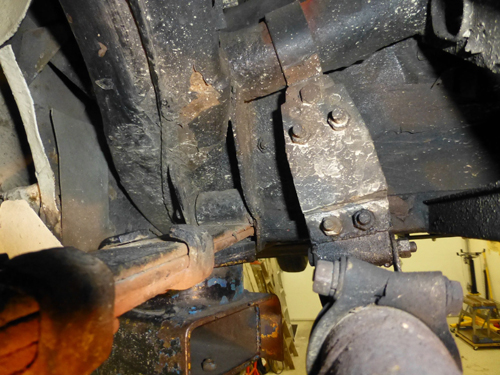
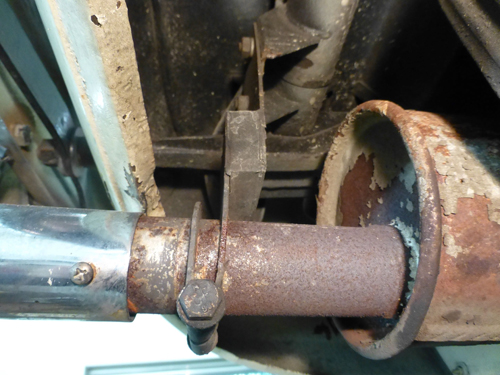
NOTE from the NAMGAR Internet Coordinators:
This story from David Dee was prompted by a review of the book Flaming Floorboards: and Other Joys of Driving Old Cars by Steve Tom. This book describes the joys of owning old cars, including two MGAs. There are 11 reviews of this book on amazon.com – 9 reviewers give it 5 stars and 2 give it 4 stars. Price is $7.85 for the 302 page paperback.

